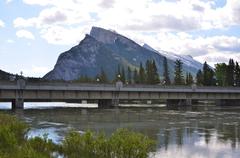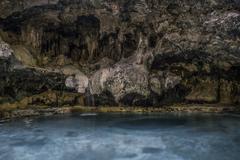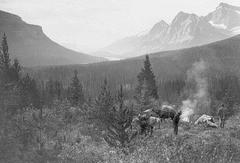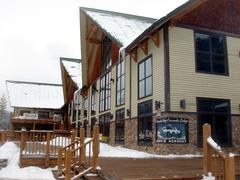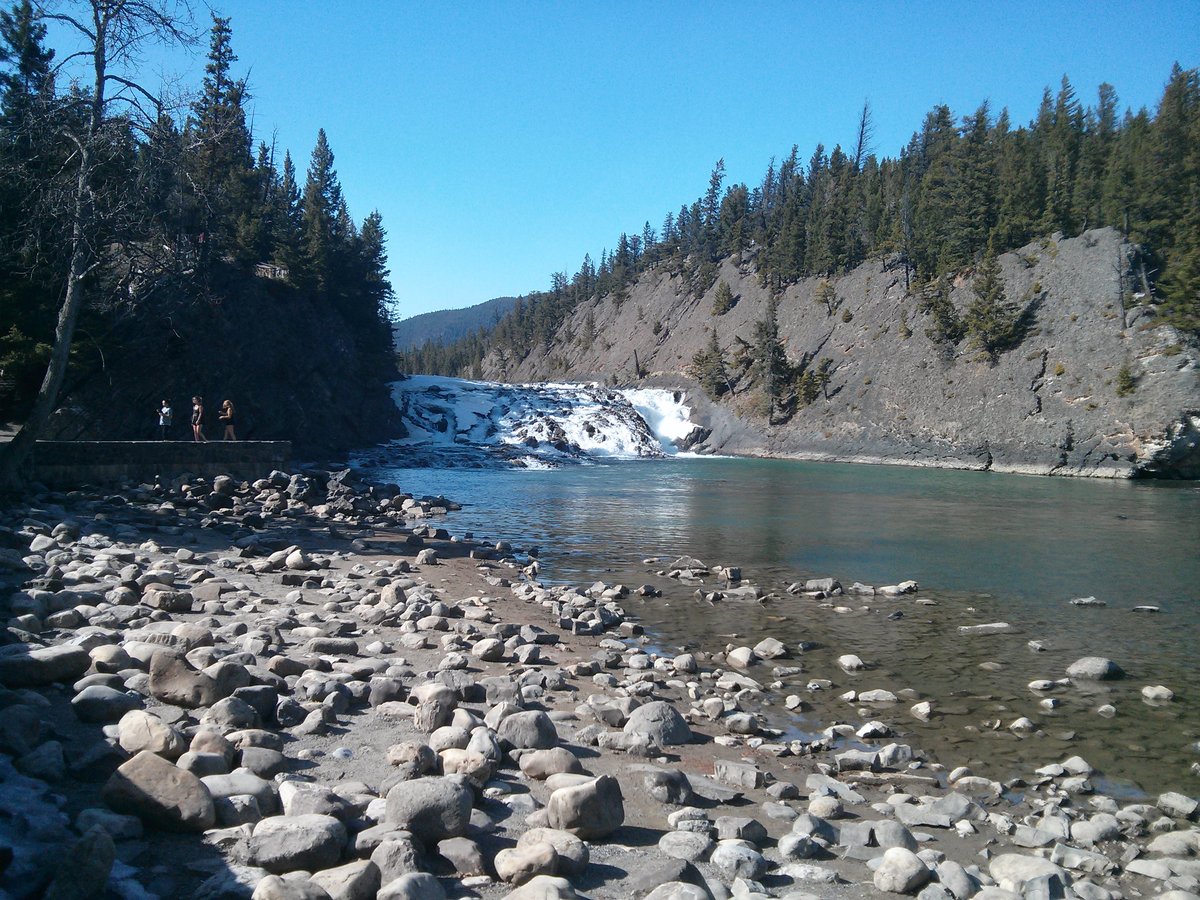
Visiting Bow Falls: Hours, Tickets, and Tips
Date: 18/07/2024
Introduction
Bow Falls, an awe-inspiring waterfall located in Banff National Park, Canada, has long been a magnet for tourists, history enthusiasts, and nature lovers. This iconic cascade, known for its dramatic beauty and historical significance, is more than just a picturesque spot. The falls are deeply intertwined with the history and cultural heritage of the area, dating back to the times when the Stoney Nakoda people revered them as ‘Minihapa,’ meaning ‘falling waters.’ They believed in the healing powers of the mist generated by the waterfall (Banff National Park - Parks Canada).
European exploration in the mid-19th century, notably by James Hector of the Palliser Expedition, brought Bow Falls into the limelight. His descriptions of the area’s natural beauty played a pivotal role in the establishment of Banff National Park in 1885, Canada’s first national park (The Canadian Encyclopedia - Palliser Expedition). The discovery of hot springs near the falls further enhanced its appeal, turning it into a sought-after destination for early tourists and leading to the development of grand hotels like the Banff Springs Hotel, which offered splendid views of Bow Falls (Banff & Lake Louise Tourism - History of Banff).
Over the years, Bow Falls has also gained fame through its appearances in Hollywood films, such as the 1953 Marilyn Monroe movie ‘River of No Return,’ adding to its allure as a tourist destination (IMDB - River of No Return). Today, Bow Falls is celebrated not only for its natural beauty but also for its ecological importance and cultural legacy, making it a must-visit attraction in Banff National Park.
Table of Contents
- Introduction
- Indigenous Connection and Significance
- European Exploration and the Birth of Banff National Park
- The Era of Grand Hotels and Early Tourism
- Bow Falls in Popular Culture
- Conservation and Preservation
- Visitor Information
- Special Events and Guided Tours
- Photographic Spots
- Nearby Attractions
- FAQ
- Conclusion
Indigenous Connection and Significance
Long before European arrival, the Stoney Nakoda people considered the area surrounding Bow Falls sacred. They called the falls “Minihapa,” meaning “falling waters,” and believed the mist from the cascade held healing powers. The falls and the surrounding area provided sustenance and resources, making it a significant site for their cultural and spiritual practices (Banff National Park - Parks Canada).
European Exploration and the Birth of Banff National Park
The first recorded European encounter with Bow Falls occurred in 1858 when explorer James Hector, part of the Palliser Expedition, stumbled upon the impressive cascade. Hector’s descriptions of the area’s beauty, including the falls, helped spark interest in the Canadian Rockies (The Canadian Encyclopedia - Palliser Expedition).
In 1883, the discovery of hot springs near the falls by railway workers led to the establishment of Banff National Park, Canada’s first national park. Bow Falls, with its proximity to the springs and the growing town of Banff, quickly became a popular attraction for early tourists (Banff & Lake Louise Tourism - History of Banff).
The Era of Grand Hotels and Early Tourism
The late 19th and early 20th centuries witnessed a surge in tourism to Banff. Grand hotels like the Banff Springs Hotel, perched majestically overlooking the Bow Valley, offered breathtaking views of Bow Falls. These hotels, along with the development of roads and railways, made the falls more accessible, further cementing their status as a must-see destination (Whyte Museum of the Canadian Rockies - Banff Springs Hotel).
Bow Falls in Popular Culture
The cinematic allure of Bow Falls has not gone unnoticed. The falls have graced the silver screen in several Hollywood productions, including the 1953 Marilyn Monroe film “River of No Return.” This exposure further amplified the falls’ fame, drawing in movie buffs and nature enthusiasts alike (IMDB - River of No Return).
Conservation and Preservation
Recognizing the ecological and cultural significance of Bow Falls, Parks Canada has implemented measures to protect and preserve this natural wonder. These efforts include maintaining trails, providing educational resources, and managing visitor impact to ensure the falls remain a source of awe and inspiration for generations to come (Parks Canada - Responsible Tourism).
Visitor Information
Visiting Hours: Bow Falls is accessible year-round, but the best times to visit are during daylight hours for optimal visibility and safety.
Tickets: There is no entrance fee specifically for Bow Falls; however, a valid Banff National Park pass is required. Prices vary, so check the Parks Canada website for the latest information.
Travel Tips: Wear comfortable walking shoes, bring a camera for stunning photo opportunities, and check weather conditions before your visit. Early mornings or late afternoons are ideal times to avoid crowds.
Accessibility: The falls are accessible via a short, paved path suitable for wheelchairs and strollers.
Special Events and Guided Tours
Throughout the year, Parks Canada and local tour operators offer guided tours and special events at Bow Falls. These may include historical walks, photography workshops, and nature tours. Check local listings or the Banff & Lake Louise Tourism website for current offerings.
Photographic Spots
The viewpoint near the Banff Springs Hotel offers one of the most iconic and breathtaking views of Bow Falls. Another excellent spot is the pedestrian bridge downstream, providing a unique perspective of the cascading waters.
Nearby Attractions
In addition to Bow Falls, visitors can explore nearby attractions such as the Banff Hot Springs, the Banff Gondola, and the Cave and Basin National Historic Site. Each offers a unique glimpse into the natural beauty and history of Banff National Park.
FAQ
Q: What are the best times to visit Bow Falls?
A: The best times to visit are during daylight hours, with early mornings or late afternoons being ideal to avoid crowds.
Q: Is there an entrance fee for Bow Falls?
A: No specific fee for Bow Falls, but a valid Banff National Park pass is required.
Q: Are the falls accessible year-round?
A: Yes, Bow Falls is accessible year-round.
Q: Are there guided tours available?
A: Yes, guided tours are offered throughout the year. Check local listings for current options.
Conclusion
Bow Falls remains a timeless spectacle and a testament to the enduring power of nature. Whether you’re captivated by its history, enchanted by its beauty, or planning to visit, this iconic Canadian treasure offers something for everyone. Don’t forget to download the Audiala app for more travel tips and updates, and follow us on social media to stay informed about the latest events and attractions.


